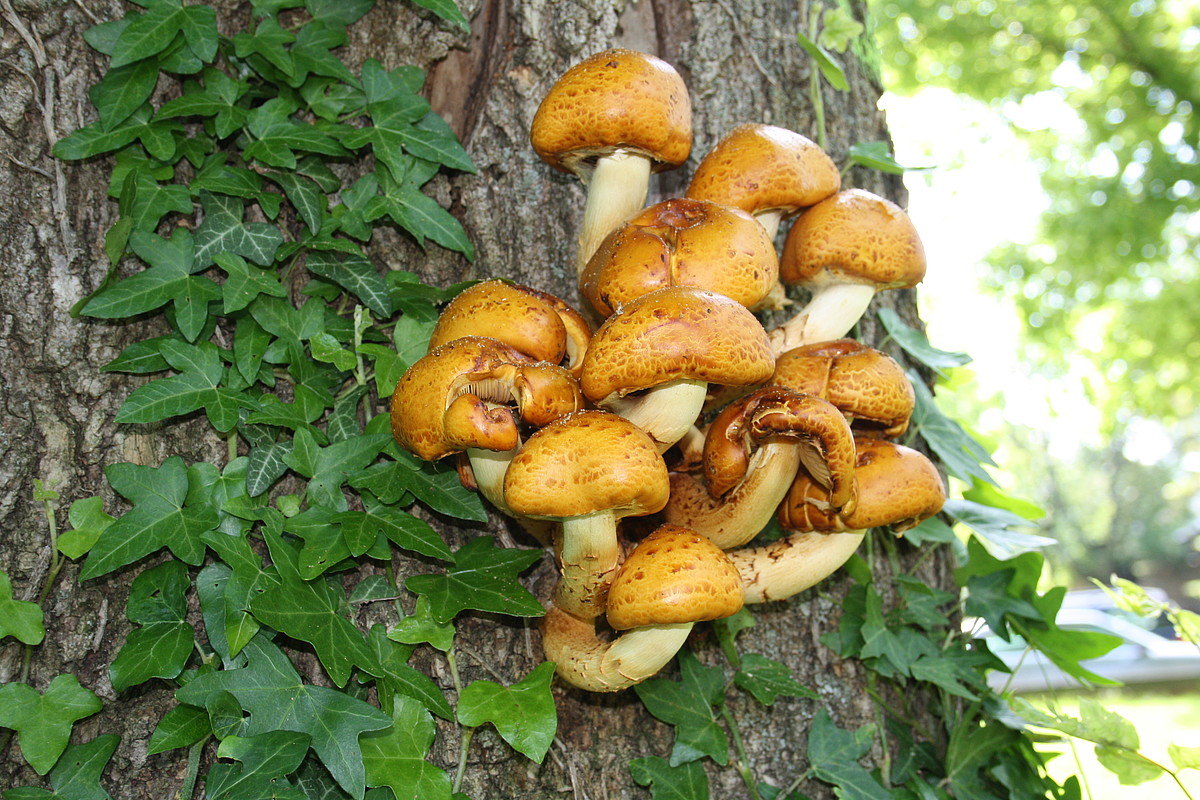Digital catalogue
Almost 60,000 and thus more than half of the total number of specimens are digitized (as of December 2022) and in simplified form in the Digital Catalog of Fungi (smnk.de) (with host and substrate information) and in GBIF (Global Biodiversity Information Facility) without host or substrate information. Georeferenced specimens are shown in distribution maps in both databases.The main purpose of this public database is to make data available for loans or publications. But it may also serve many users especially from the Karlsruhe area to clarify fungus-substrate relationships. It is planned to gradually upload the pictures that were taken in the field into the database.
Important information on using the digital catalogue
1. The scientific names of the rust fungi sensu lato (Pucciniomycetes) are based on Klenke & Scholler (Pflanzenparasitische Kleinpilze, Springer, 2015), taking into account current taxonomic and nomenclatural findings. The names of the other groups of fungi are based on the "current names" of the nomenclatural databases MycoBank [http://www.mycobank.org/MB/] and Index Fungorum [http://www.indexfungorum.org/names/names.asp] and for plant names (substrate, hosts) according to the Catalog of Life [http://www.catalogueoflife.org/col/]. Since there is no automatic adjustment to the above-mentioned database, specimens of species often appear with different names. When researching the database, you should therefore also query frequent synonyms.
2. It is not a database of records, but a specimen database. The specimens are at different taxonomic and nomenclatural levels of processing. In extreme cases, these are old specimens from the 19th century that have not yet been revised. Many of the specimen data are therefore not suitable for use in distribution maps, species lists, frequency information, etc.
3. Lichenized fungi (lichens) have so far only been collected and entered into this database as part of research projects in the former Wilder See forest reserve in the Black Forest National Park and in the city of Karlsruhe.
4. Current specimens were georeferenced. Subsequent georeferencing of older data is currently being carried out as far as possible. Only georeferenced specimens are shown on the maps of the digital catalogue.
5. The data may be accessed and used free of charge for non-commercial purposes (but see Note 2). When publishing data, we suggest citing the database as follows:
State Museum of Natural History Karlsruhe: Digital Catalog of the Mushroom Collections (KR), SMNK. Retrieved on [date], from www.smnk.de/en/collections/botany/fungi/digital-catalogue-of-the-fungus-collections-kr/.
For special information (e.g. sequence analyses) and for the commercial use of data, please contact the curator markus.scholler@smnk.de.
6. The photos are licensed according to CC BY 4.0 (https://creativecommons.org/licenses/by/4.0/).






